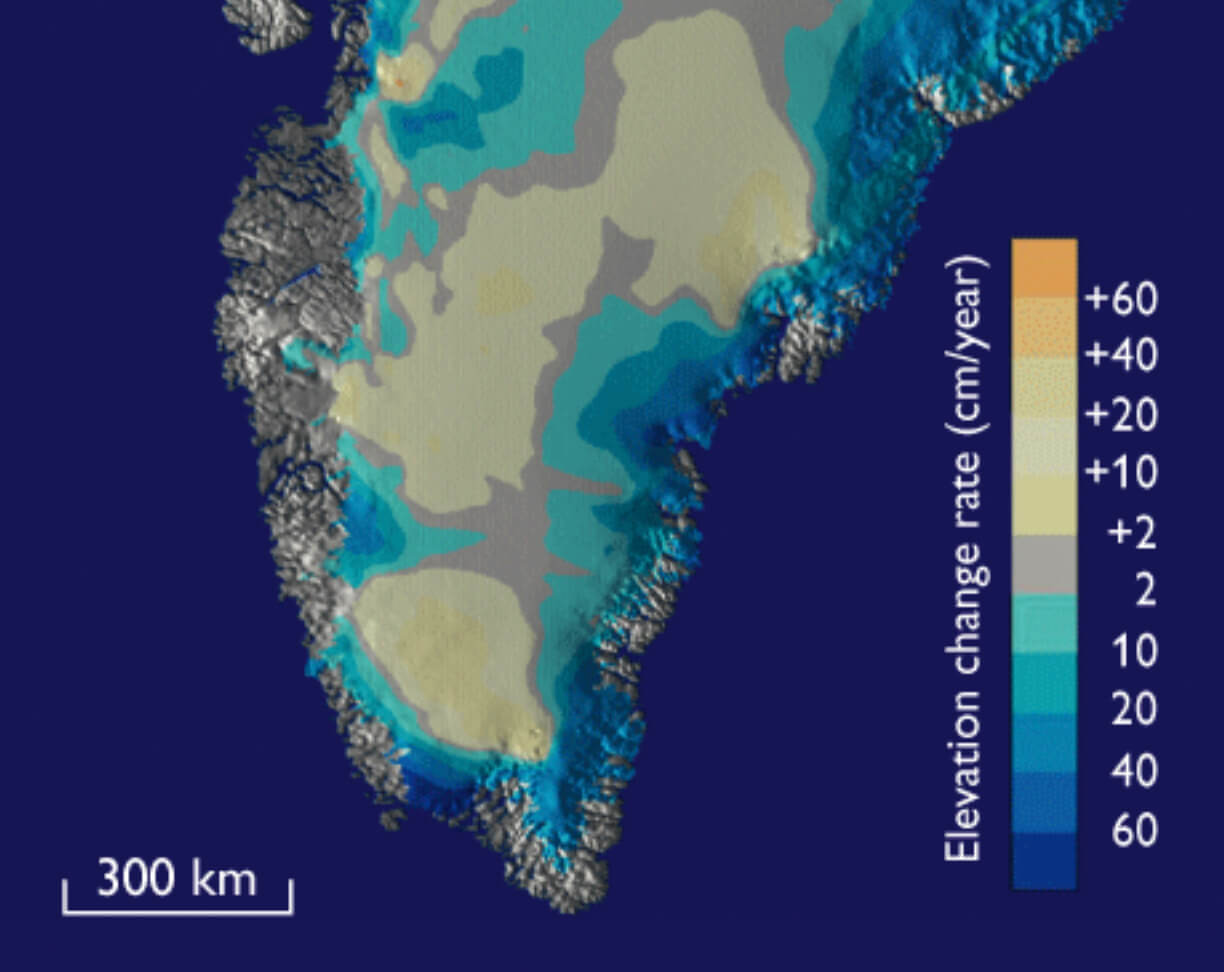
How to Cite
Share
Abstract
The climate of Europe is strongly influenced by heat transport by ocean currents flowing from equatorial regions towards the Arctic (Clark et al. 2002). During recent years, research has been increasingly focused on factors affecting this circulation, e.g. the freshwater budget of the Arctic which is influenced by glacial meltwater from North and East Greenland outlet glaciers (Linthout et al. 2000, Mayer et al. 2000). Furthermore, the climate is affected by snow cover that, apart from its contribution to the freshwater budget, provides feedback effects in that it reflects most of the solar radiation. Apart from Arctic sea-ice cover, the Greenland Ice Sheet is the largest permanent ice- and snow-covered area in the northern hemisphere, with an area of 1.67 ×106 km2 and by far the largest storage of ice with a volume of 2.93 × 106 km3 (Bamber et al. 2001). Most of the mass loss from the Greenland Ice Sheet (the least known mass-balance parameter) occurs in the marginal region of the ice sheet, which is also the area where the largest changes in albedo occur. The Geological Survey of Denmark and Greenland (GEUS) has for many years carried out research along the Greenland Ice Sheet margin to monitor changes of mass balance and melt conditions.
How to Cite
Share
Downloads
Editors: Martin Sønderholm & A.K. Higgins
The Review of Survey activities presents a selection of 23 papers reflecting the wide spectrum of activities of the Geological Survey of Denmark and Greenland, from the microbial to the plate tectonic level.
The Survey's activities in Denmark are documented by ten papers. These include discussion of the [...]










